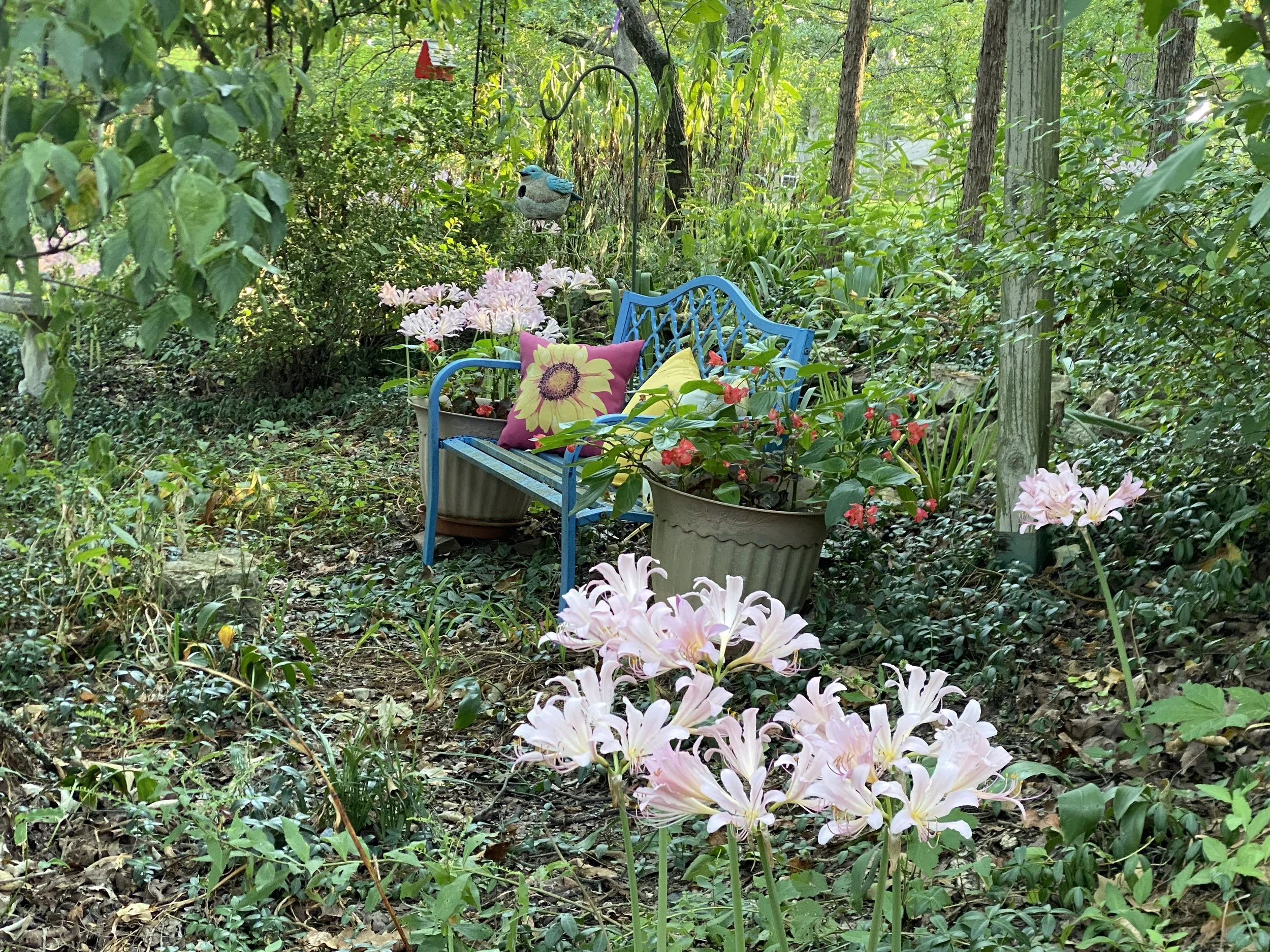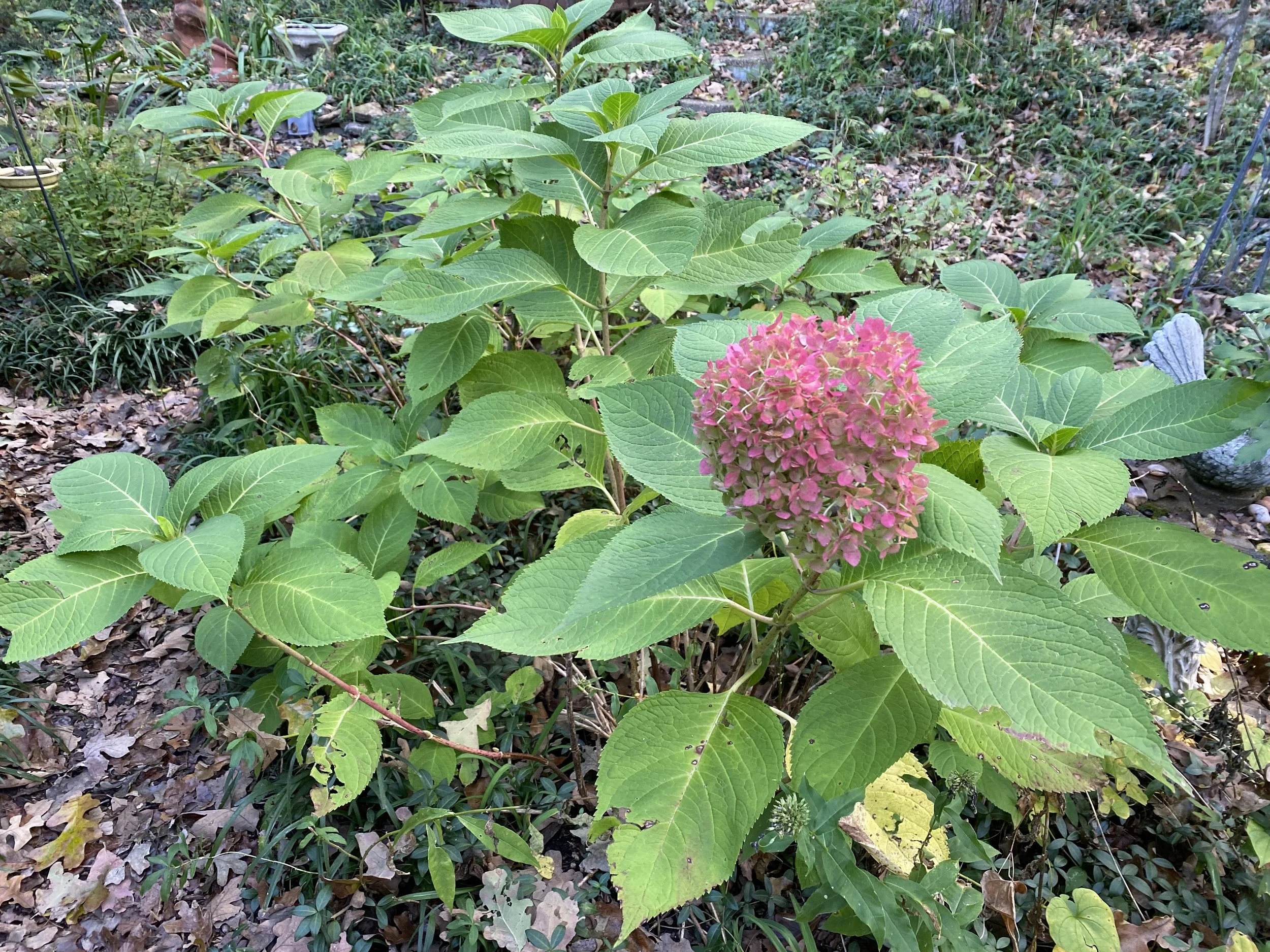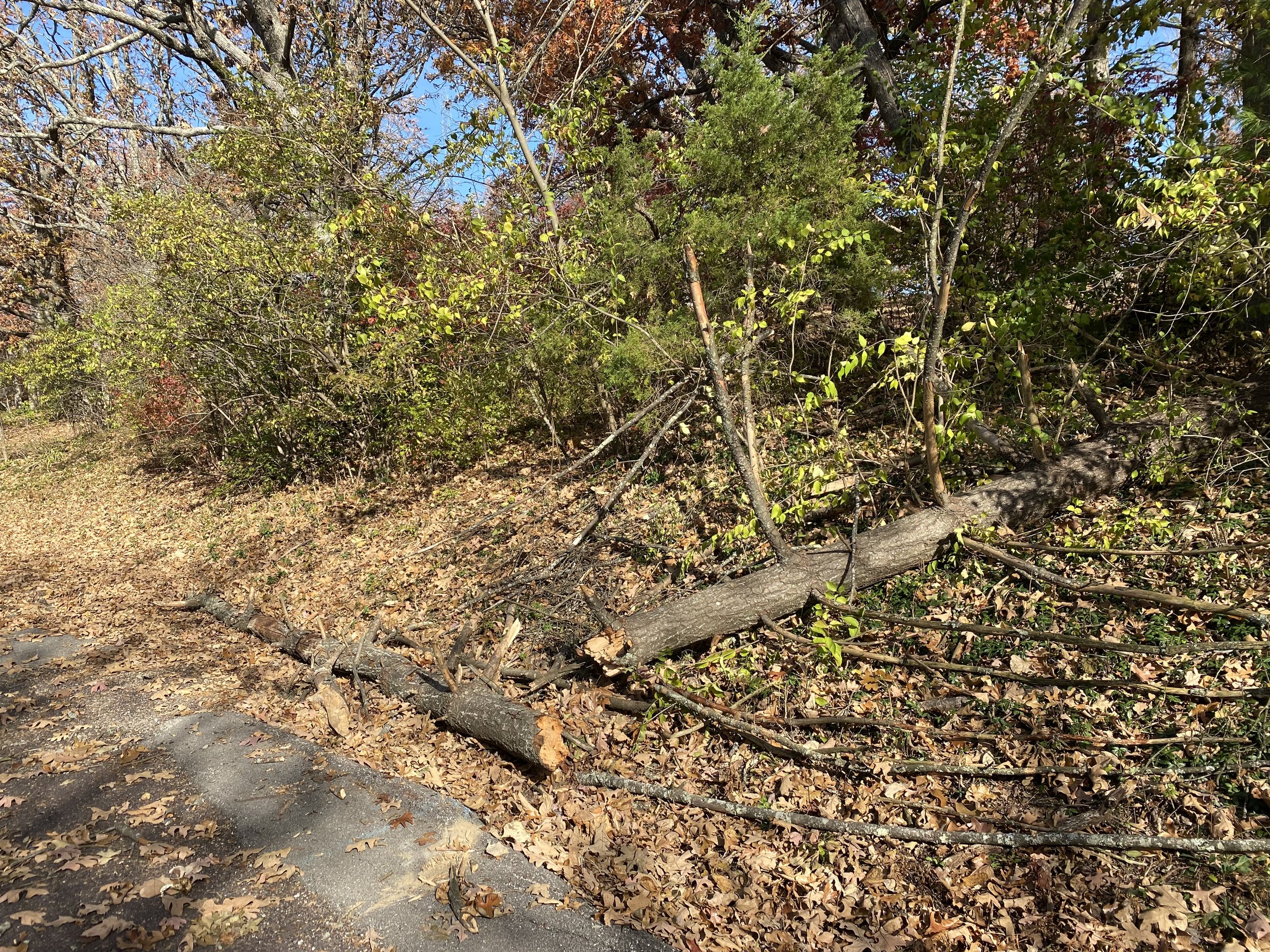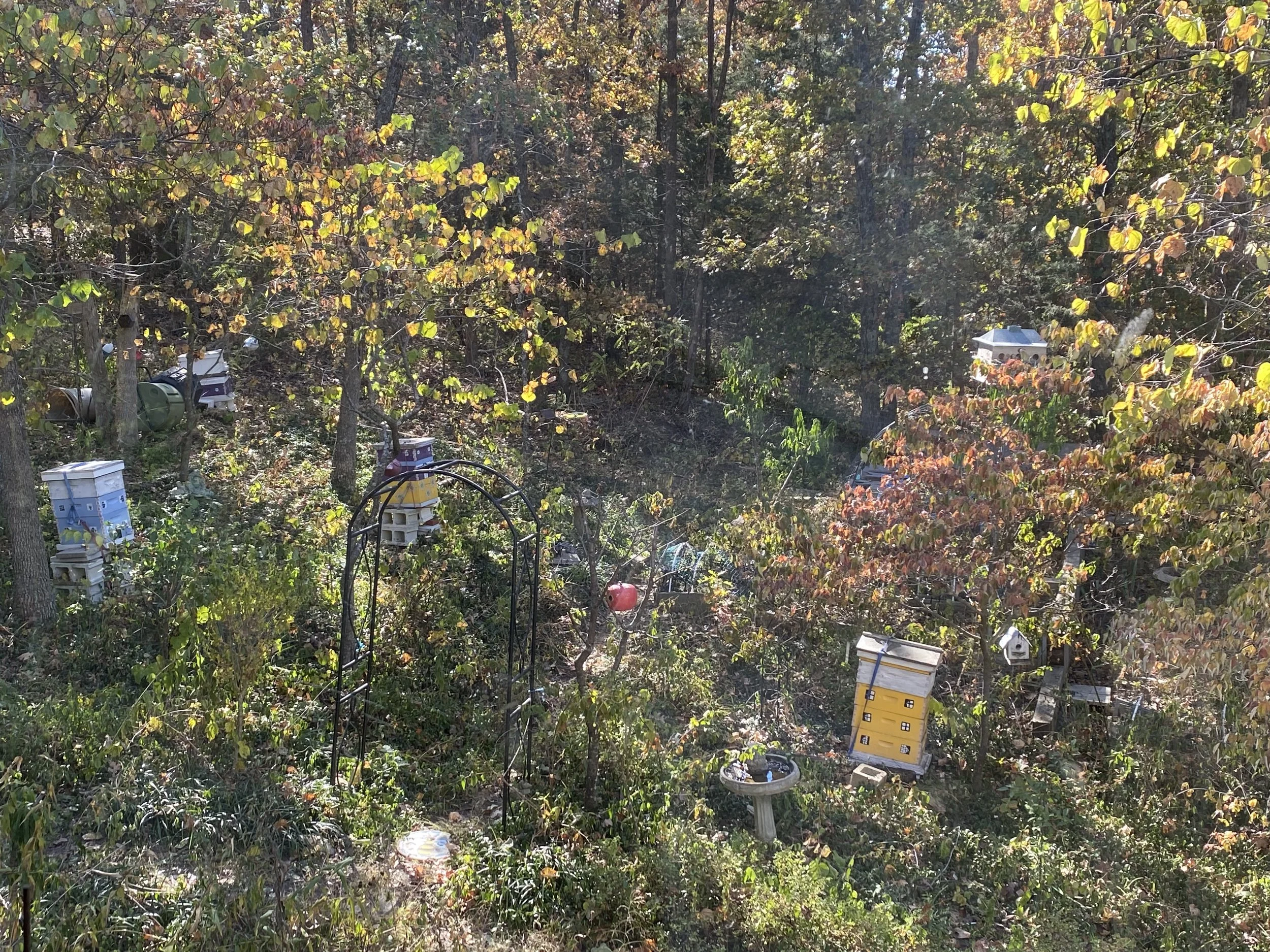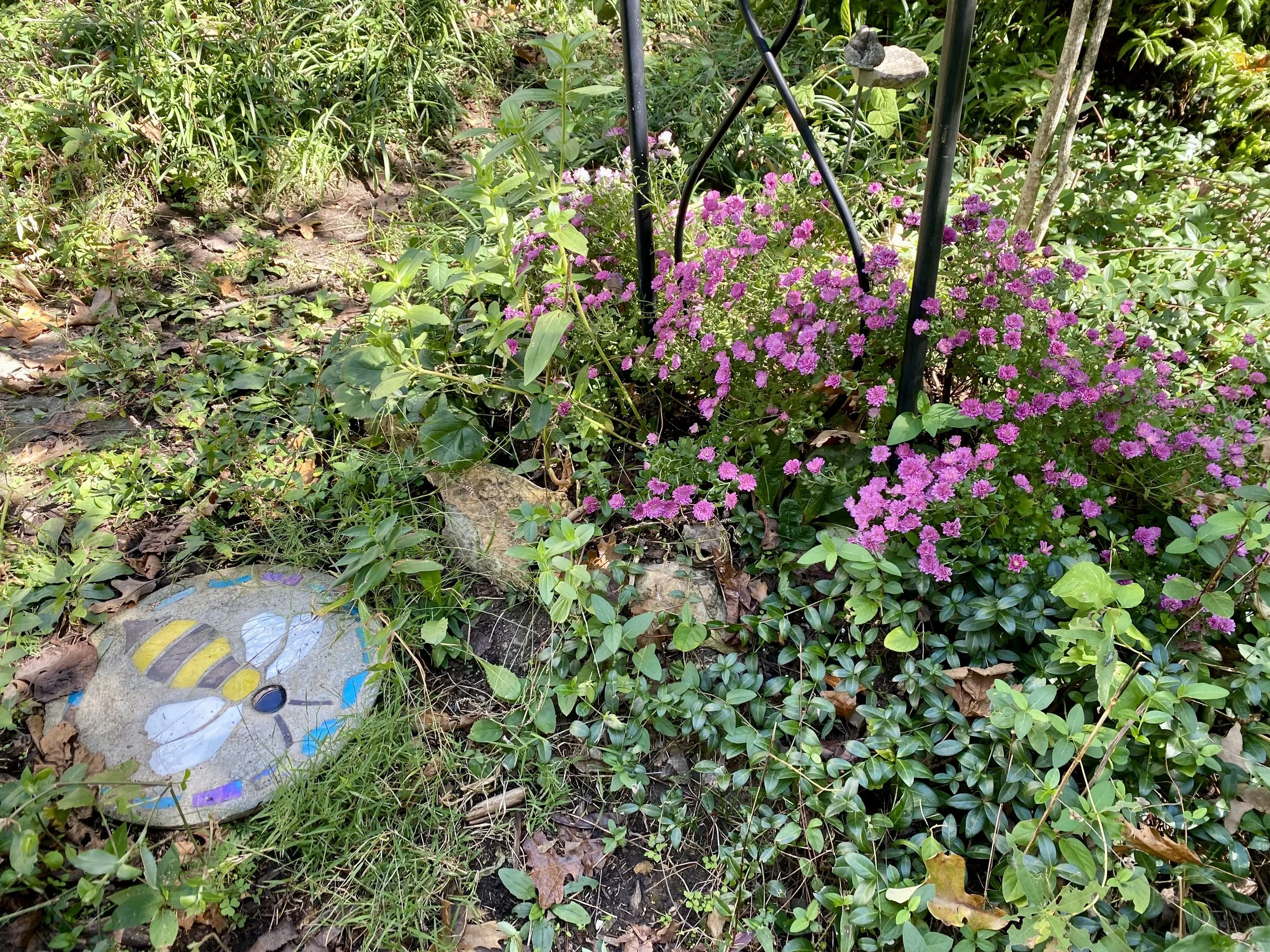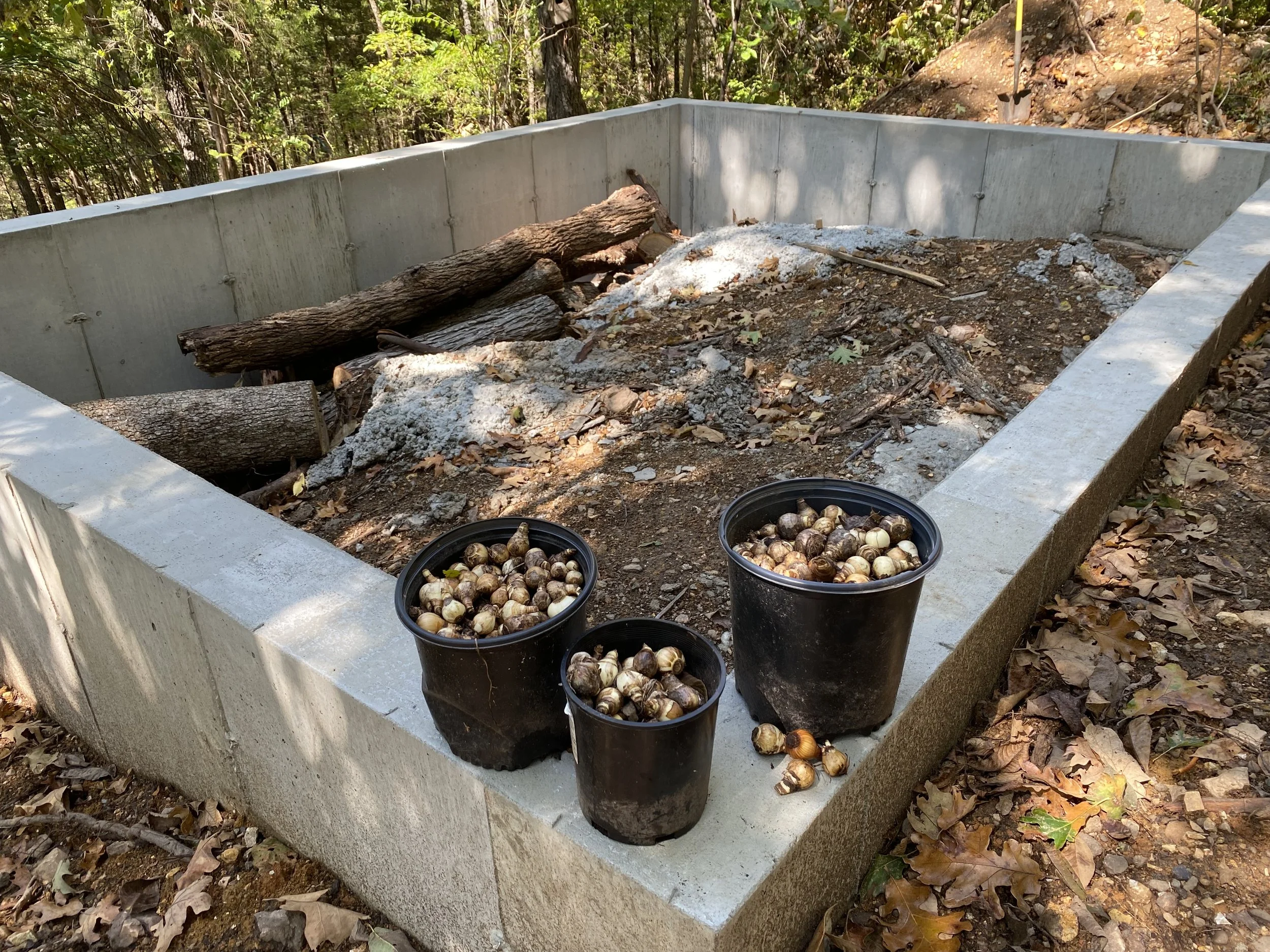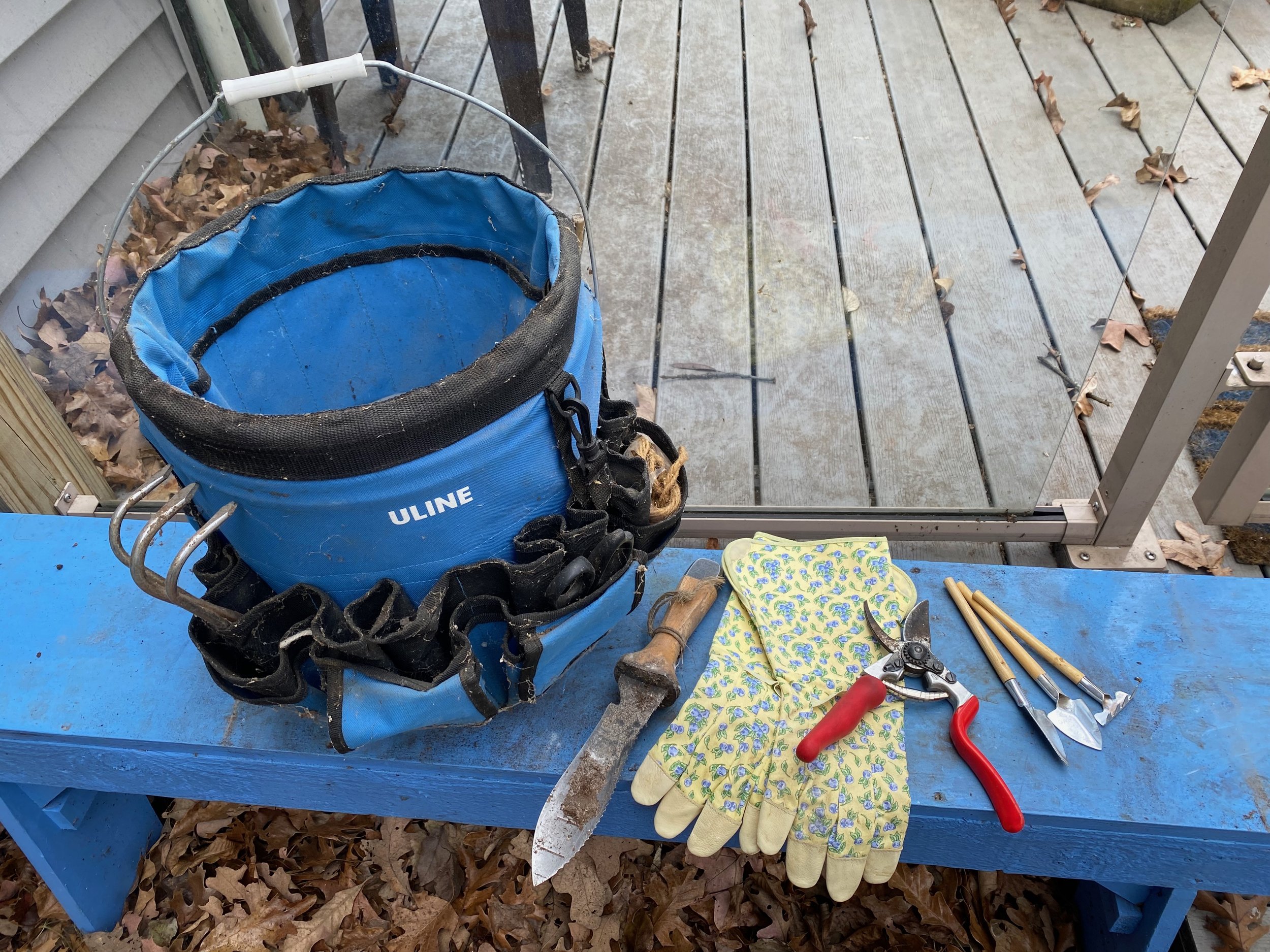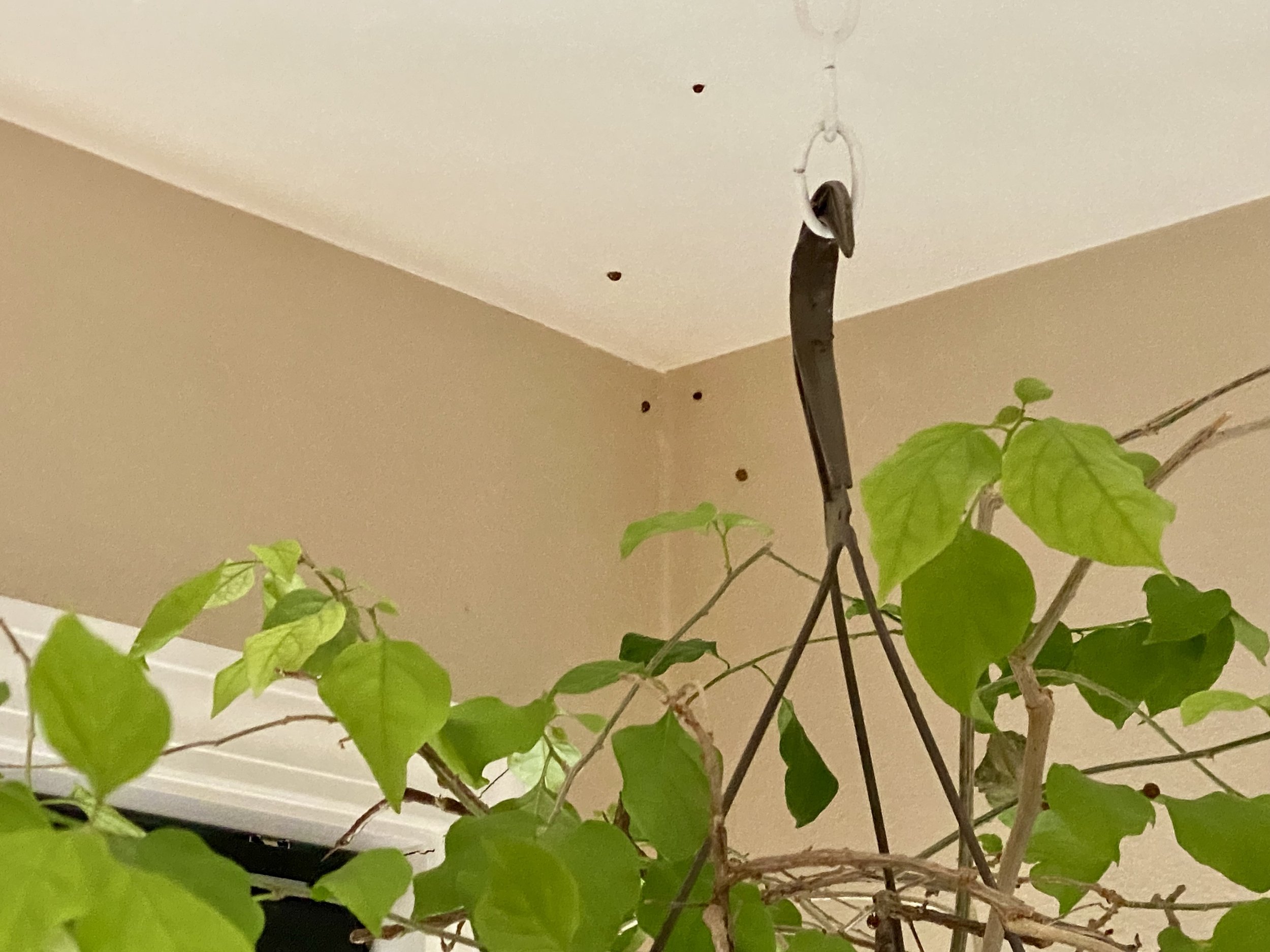Surprise Lilies Not Lilies
/Surprise Lilies Not Lilies
One of the reasons I know August is around the corner is because “naked ladies” are popping up in my hillside garden. Pink flowers on top of two to three-foot leafless stems are also known as surprise lilies, Resurrection lilies and August lilies because the stems seem to pop up out of nowhere.
These plants, however, are not true lilies but are a cousin to Amaryllis, the other bulbs offered for sale around the holidays.
Surprise lilies have been cultivated for centuries in their native Japan. They were first introduced to American gardeners around 1880. There are a number of different colors and shapes; the most well-known variety here is the pink surprise lily, Lycoris squamigera.
Surprise lilies store energy in bulbs that can grow to 3 inches wide. One-inch wide green leaves emerge in late winter or early spring and then turn yellow and die away. The plants go dormant until flowers emerge in mid-summer, which allows them to survive prolonged periods of summer drought.
Surprise lilies are quite hardy and easy to grow. They grow well in full sun, part shade, and even heavy shade. They also thrive in both sandy and heavy clay soils. Give them at least one year from when you plant them to flower.
Because bulbs multiply, it’s best to dig them up and divide every 5 years or so. I think about dividing them but I am not that disciplined. I do have several patches around my hillside garden only because I inadvertently dug them up when planting something else.
Depending on your soil, bulbs can be planted from 3-6 inches deep - the deeper the better so they can be assured winter protection. Like daffodils, surprise lilies are toxic to deer, mice and other bulb-eating garden residents, including insects. They are also insect free not counting the bees that like to visit.
They can also be dug up after blooms fade in August, assuming soil is not as hard as concrete from lack of rain. Plant them quickly after digging them up so roots have enough time to establish themselves before the first hard frost in your area.
I love seeing them clearly when they bloom but you can also plant them in the middle of a garden bed so the naked stems will be covered by surrounding plants.
Blooms are long lasting and fragrant, making them good cut flowers. I like to put them in a clear flower vase so I can enjoy how the stems curl up at the bottom. They are also pollinator favorites, especially bumblebees and hummingbird moths.
You can find bulbs for sale in the fall at home and garden centers or through online retailers.
For more gardening, beekeeping, cooking and easy home decor tips, subscribe to Garden Notes.
Charlotte

